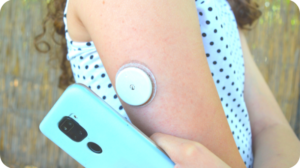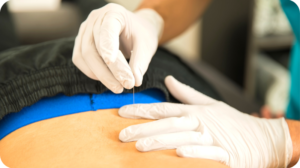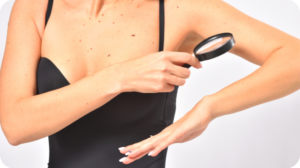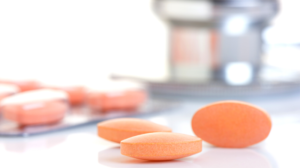Obstructive sleep apnea (OSA) is a life-disrupting condition. A disorder of the upper airway, it involves the air passage closing during sleep, causing snoring, gasping, choking, and episodes of jerking awake. Sufferers often don’t realize that they’re going through this traumatic cycle on a nightly basis, sometimes dozens of times a night. The results, however, are all too apparent.
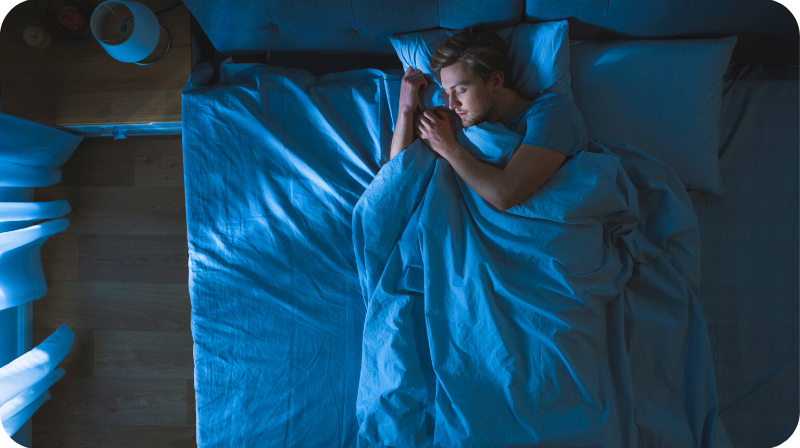
Apnea suffers are often profoundly fatigued during the day, and may experience headaches, confusion, forgetfulness, and other symptoms. Long-term apnea is associated with higher risks of serious disorders including heart attack, strokes, and a potentially shorter lifespan. This is no small problem. As much as 10 percent of the population is estimated to suffer from OSA, and many experts believe that number is much higher because self-diagnosis is so difficult.
The most common current treatment for sleep apnea is a CPAP machine. This technology involves wearing a mask attached to an air pump that pressurizes the sleeper’s airway to keep it from closing. CPAP machines—and their newer variations such as BiPap and APAP—have transformed the lives and health of people afflicted with sleep apnea. That relief, however, comes at a cost.
The patient’s financial portion of a sleep study and a CPAP machine can be considerable. And that’s not taking into account that the machine must be maintained and parts such as masks need to be regularly replaced. The mask itself poses a challenge for many users. It often does not fit correctly and can be uncomfortable or, worse, not work as it should. The machines are also fairly inconvenient for anyone who regularly travels.
Those issues are ostensibly addressed in a new solution recently approved by the FDA. That option is called Inspire, and it is termed an “upper airway stimulation” treatment. It is designed to do the same thing a CPAP machine does—keep your airway open during sleep—but with nerve stimulation rather than air pressure. Inspire involves the insertion of a monitor into the patient’s chest, and a nerve stimulator under the chin. The two work together to prompt the tongue forward and open the airway when breathing grows shallow or stops. The patient uses a remote to turn the system on for sleep, and off during the day.
Approved for general use in 2020, Inspire is covered by most major insurers and Medicare.
A Treatment Option, Not a Cure
Although both CPAP and Inspire are effective in reducing the effects of OSA, there is no cure for this disorder. In judging whether Inspire might be a better option for you than a CPAP machine, you need to consider both success rate and side effects.
- Success. Research following Inspire users over the first year after implantation, shows that 66 percent of users reduced the incidence of sleep apnea by at least 50 percent. A large group experienced a more moderate reduction in occurrence and severity of sleep apnea, as measured by blood oxygen levels.
- Side effects. Because Inspire involves outpatient surgery, the procedure carries the same risk of any invasive treatment, such as infection and pain. A small number of patients experience tongue weakness for a few weeks after the procedure, and other common side effects include tongue “abrasion”, oral dryness, and general discomfort. The stimulator is often adjusted by the physician following the initial period of use. The battery in the monitor lasts for more than a decade, but must be surgically replaced when it runs down.
- Eligibility requirements. Even if you’re comfortable with the success rate and side effects, you’ll need to be eligible to receive this treatment option. The requirements include a clinical OSA diagnosis, including a verified apnea-hypopnea index (AHI) score between 15 and 65; prior use of CPAP; a Body Mass Index (BMI) below 32; and an in-depth examination to ensure your particular case of sleep apnea qualifies. Inspire is not used for patients younger than 18.
If you suspect you are suffering from OSA, or any type of sleep apnea (there are two variations that can be combined in some patients), the first step is to undergo a sleep study at a clinical sleep center or using an approved home sleep study kit. Once you have a diagnosis with an API score, you can discuss your options with your primary caregiver. If Inspire is a sleep-apnea solution you would like to pursue, investigate this option further on the Inspire website.
